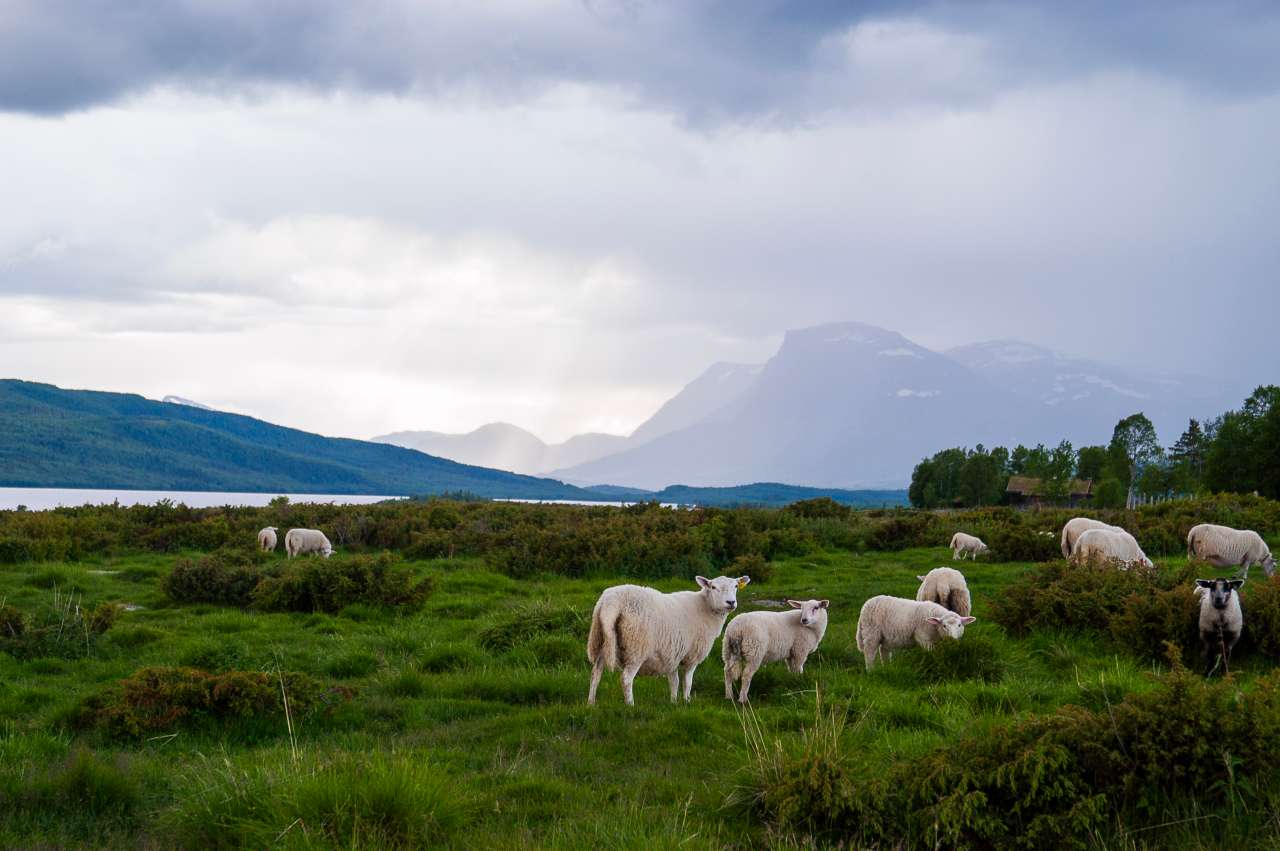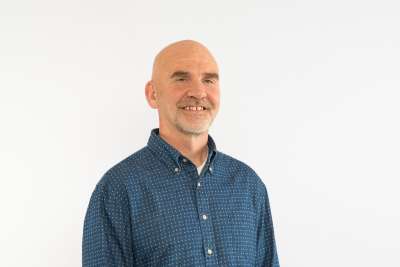The protein gains from sheep farming

Photo: Erling Fløistad
As sheep farming operates today, we get back roughly the same amount of edible protein in meat and by-products as we supply to the animals through the diet. However, researchers believe this can be improved.
Ruminants grazing in mountain or forest areas have access to vast areas and a huge feed supply, as approximately 45 % of the land area is suitable for grazing. This free-range grazing accounts for around 60 % of the sheep’s feed intake, allowing them to convert grass and herbs into high-quality edible protein for humans.
However, concentrate mixtures used in the diet of sheep also contain grains and other crops that are edible for humans. The reason for this is economic viability. Additionally, milk replacers are used as supplements to lambs. Understanding the protein balance and the role of ruminants is crucial in discussions on how to manage our resources for sustainable food production.
To ensure a net contribution of sheep to the supply of human edible protein, the use of concentrate mixtures must be reduced, with greater emphasis on optimizing forage utilization. According to Dr Steinshamn, better use of cultivated pastures and improved forage feeding during the indoor feeding season are key to reducing reliance on concentrates. This requires a focus on high-quality pastures, better winter feed, and breeding animals that better can utilize forage and available grazing area. Additionally, ensuring that ewes have a manageable number of lambs they can nurse themselves would reduce the need for milk replacers.
Norwegian sheep farming can play an important role in food production by utilising land areas that cannot be cultivated for human food. Moreover, grazing contributes positively to ecosystems and cultural landscapes. With minor adjustments, sheep farming can further enhance its contribution to sustainable food production in Norway.
Contacts

Purpose
The Amazing Grazing project aims to improve sustainability in the production of meat and wool from sheep grazing in Norwegian outfield pastures.
Funding: Research funds for agriculture and the food industry
Collaboration: Consumption Research Norway (SIFO) and the Norwegian Centre for Organic Agriculture (NORSØK)
Contacts

